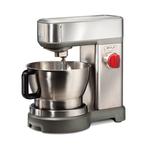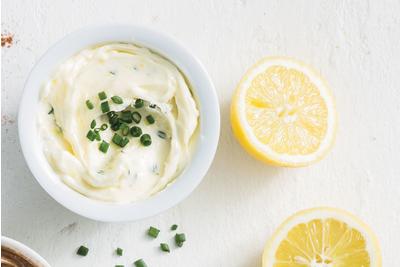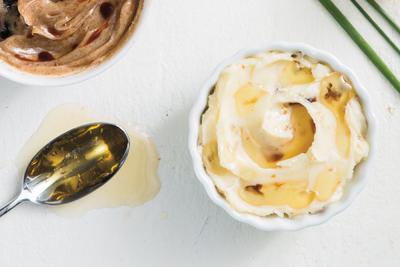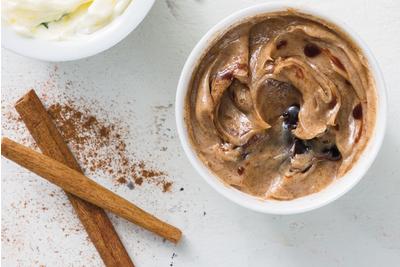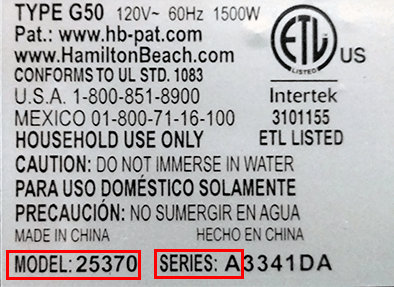Preparation Method
- In the mixing bowl of the stand mixer fitted with the dough hook attachment, add flour, yeast, granulated sugar, and salt. Add 1 cup (240 milliliters) warm water and oil, and beat on low (1–2) speed until blended and a soft dough starts to form, about 1 minute, scraping the bowl as needed. Gradually increase the speed to medium-low (3–4), and beat until the dough becomes smooth and elastic, 2–3 minutes. Turn out the dough onto a lightly floured surface and shape into a smooth ball.
- Grease a large bowl and add the dough, turning to coat. Cover the bowl with plastic wrap and let the dough rise in a warm, draft-free place until doubled in size, 45–60 minutes. The dough is ready if an indentation remains when touched.
- Line a baking sheet with parchment paper and dust with semolina flour.
- Punch down the dough and turn onto a lightly floured surface. Lightly pat the dough into a 12-by-9-inch (30.5-by-23-centimeter) oval, so one long side is nearest you. Fold the top third of the dough over the center third of the dough, pressing to seal. Fold up the bottom third over the folded portion, pressing to seal. Fold the dough in half lengthwise so the long edges meet at the bottom. Using the heel of your hand, firmly press the edges to seal. Place seam side down in the prepared pan. Sprinkle the top of the loaf with semolina flour. Cover the loaf with plastic wrap, and let it rise until doubled in size, 30–45 minutes.
- Preheat the oven to 400°F (200°C) with a rack set in the middle position.
- Using a lame or razor blade, score the top of the loaf. Bake until golden and an instant read thermometer reaches 205°F (96°C), about 20 minutes. Immediately remove the loaf from baking sheet and let cool on a wire rack.
Pro Tip
Check your dough for proper gluten development and elasticity using the windowpane test at the conclusion of step 2: Pinch off a small piece of the dough and stretch it gradually from the center using both hands until the center is thin and translucent, like a windowpane. If the dough tears before it forms a windowpane, knead it a few minutes longer, then test again.



